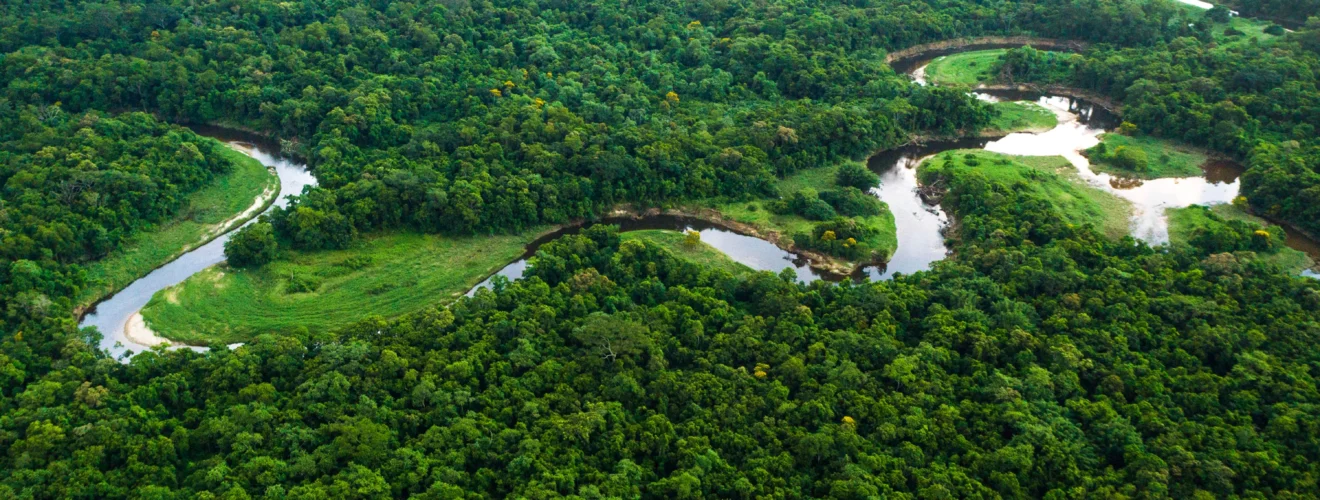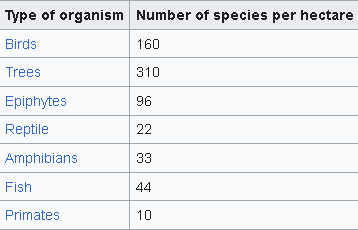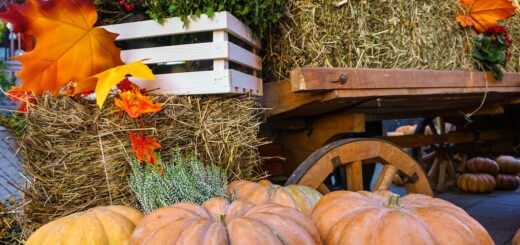Amazonian Rainforest – A Deeper Dive

As we embark on a more detailed exploration of Amazonian trees, we unveil the extraordinary features and unique characteristics that define these botanical wonders within the lush expanse of the Amazon rainforest.
Arboreal Giants
The sheer size of some Amazonian trees is awe-inspiring. Examples include the kapok tree (Ceiba pentandra), known for its towering height that can reach up to 200 feet. These arboreal giants create a dense canopy that provides a habitat for countless species below.
Biodiversity

Wet tropical forests are the most species-rich biome, and tropical forests in the Americas are consistently more species rich than the wet forests in Africa and Asia. As the largest tract of tropical rainforest in the Americas, the Amazonian rainforests have unparalleled biodiversity. One in ten known species in the world lives in the Amazon rainforest. This constitutes the largest collection of living plants and animal species in the world.
The region is home to about 2.5 million insect species, tens of thousands of plants, and some 2,000 birds and mammals. To date, at least 40,500 plant species, 2,250 fishes, 1,284 birds, 437 mammals, 428 amphibians, and 377 reptiles have been scientifically classified in the region. One in five of all bird species are found in the Amazon rainforest, and one in five of the fish species live in Amazonian rivers and streams. Scientists have described between 96,650 and 128,843 invertebrate species in Brazil alone.
The biodiversity of plant species is the highest on Earth with one 2001 study finding a quarter square kilometer (62 acres) of Ecuadorian rainforest supports more than 1,100 tree species. A study in 1990 found one square kilometer (247 acres) of Amazon rainforest can contain about 90,780 tonnes of living plants. The average plant biomass is estimated at 356 = 48 tonnes per hectare. To date, an estimated 438,050 species of plants of economic and social interest have been registered in the region with many more remaining to be discovered or catalogued. The total number of tree species in the region is estimated at 16,050.
Adaptations
Amazonian trees have evolved unique adaptations to thrive in the challenging rainforest environment. Some species have buttress roots that provide stability in the nutrient-poor soil, while others have developed specialized mechanisms for water storage during seasonal fluctuations.
Epiphytes and Air Plants
The canopy of Amazonian trees hosts a plethora of epiphytes and air plants, further enriching the ecosystem’s complexity. Orchids, ferns, and bromeliads find a home on branches and trunks, forming miniature ecosystems within the larger forest structure.
Iconic Species
The Brazil nut tree (Bertholletia excelsa) is an iconic Amazonian species with a fascinating reproductive strategy. Its large fruits, resembling coconuts, house edible seeds known as Brazil nuts. The unique feature of this tree is that it depends on a specific bee, the Euglossini, for pollination, highlighting the intricate relationships within the rainforest.
Ancient Wisdom and Modern Science
Indigenous communities in the Amazon have long recognized the medicinal properties of various tree species. The cinchona tree (Cinchona officinalis), a source of quinine used to treat malaria, stands as an example of traditional knowledge that aligns with modern medicine. Scientific research continues to explore the vast potential of Amazonian flora for pharmaceutical and therapeutic applications.
Innovations
Conservation efforts are leveraging innovative technologies, such as satellite monitoring and remote sensing, to track deforestation and illegal activities in real-time. The use of drones aids in assessing the health of tree canopies and identifying areas in need of protection. These technological advancements play a pivotal role in conservation strategies.
Fragile Balance
The delicate balance of the Amazon rainforest is under constant threat from human activities. Deforestation, driven by logging and agricultural expansion, disrupts this balance, leading to irreversible ecological consequences. Sustainable practices, reforestation initiatives, and community-based conservation efforts are essential to mitigate these threats.
Lesson Learned
In unraveling the mysteries of Amazonian trees, we come to appreciate not only their physical grandeur but also their integral role in sustaining life within one of the most diverse and complex ecosystems on our planet. As we delve deeper into the secrets of these arboreal enigmas, the urgency of preserving the Amazon rainforest becomes ever more apparent for the well-being of our global environment.
Location

Nine countries share the Amazon basin most of the rainforest, 58.4%, is contained within the borders of Brazil. The other eight countries are Peru with 12.8%, Bolivia with 7.7%, Colombia with 7.1%, Venezuela with 6.1%, Guyana with 3.1%, Suriname with 2.5%, French Guiana with 1.4% and Ecuador with 1%.








